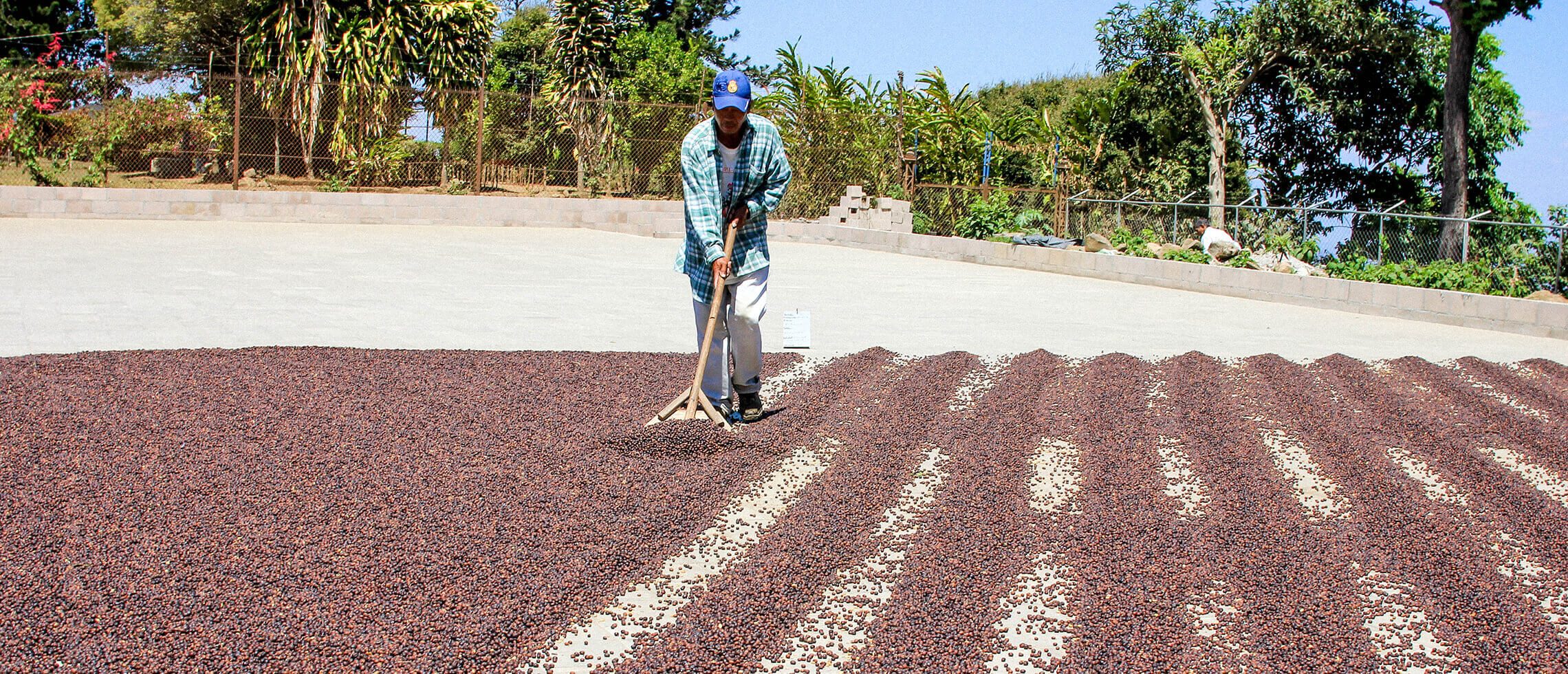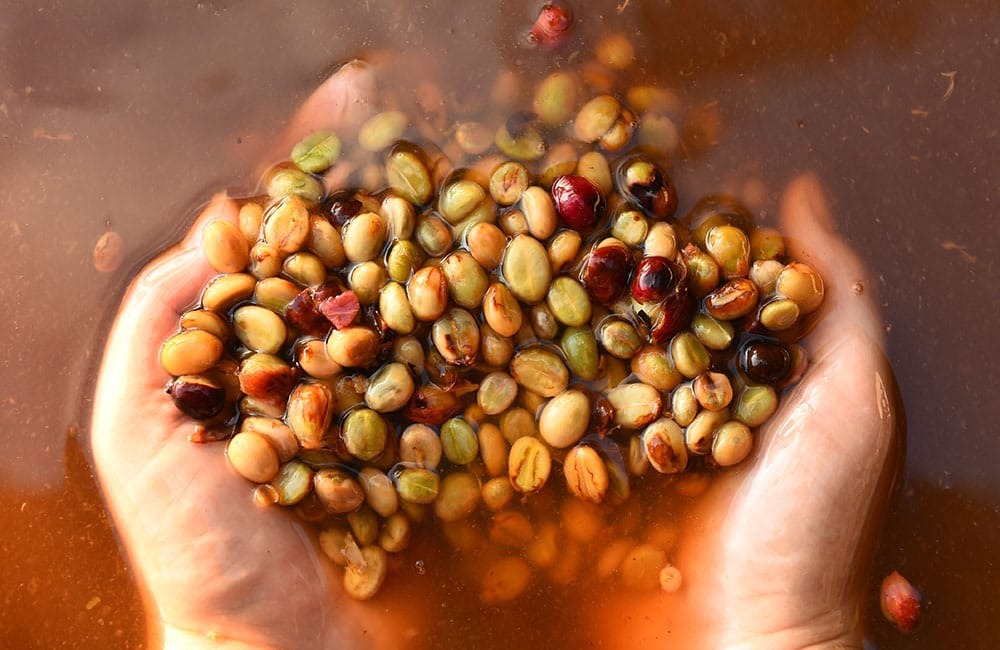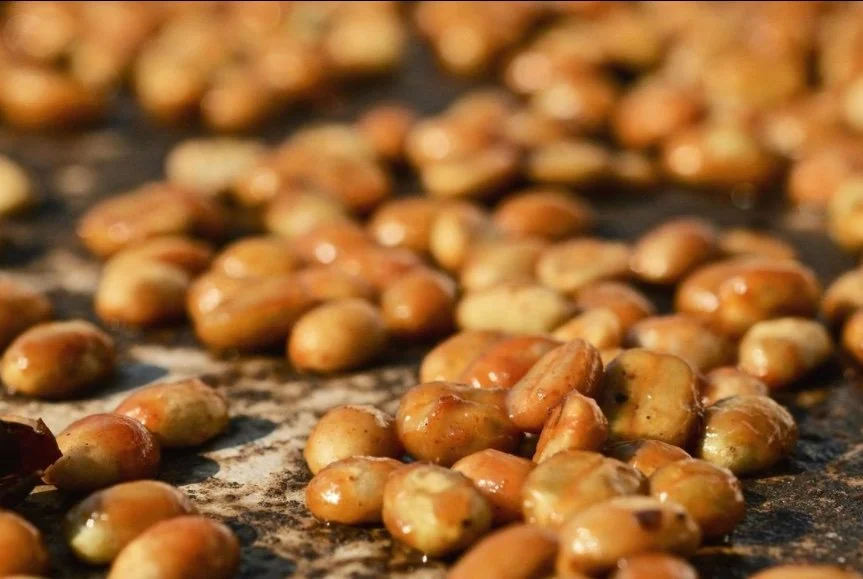Natural vs Washed vs Honey Coffee: How Processing Affects Flavor
Coffee processing is the step between harvesting and roasting, and it has a major impact on how your coffee tastes. The three most common methods — natural, washed, and honey — each produce distinct flavors. Here’s what you need to know before choosing your next bag.
1. Natural Process (Dry Process)
How It Works: Coffee cherries are dried whole, with the fruit still surrounding the beans. This can take several weeks under the sun.
Flavor Profile: Fruity, sweet, and often wine-like with heavier body. Expect berry, tropical fruit, or fermented notes.Best For: Drinkers who enjoy bold, unique flavors and experimental cups.

2. Washed Process (Wet Process)
How It Works: The fruit is removed from the beans before drying. Beans are fermented in water to remove mucilage, then washed and dried.
Flavor Profile: Clean, bright, and crisp with higher acidity. Highlights the origin’s terroir without fruity fermentation notes.Best For: Those who prefer clarity, complexity, and a lighter body.

3. Honey Process
How It Works: The skin is removed but some of the sticky fruit mucilage remains during drying. The name “honey” refers to the sticky texture, not flavor additives.
Flavor Profile: Balanced sweetness and acidity, with more body than washed but less fruitiness than natural. Can range from mild to rich depending on how much mucilage is left.Best For: Coffee drinkers who want a middle ground between bright and fruity.

Which One Should You Choose?
-
Natural: For adventurous, fruit-forward coffee lovers.
-
Washed: For clean, classic, and origin-driven flavors.
-
Honey: For balanced sweetness and complexity.
Conclusion:Processing is as important as origin or roast level in shaping coffee’s taste. By understanding natural, washed, and honey processes, you can choose beans that match your flavor preferences.
👉 Shop natural, washed, and honey process coffee on Amazon →
Disclosure: As an Amazon Associate, I earn from qualifying purchases.


